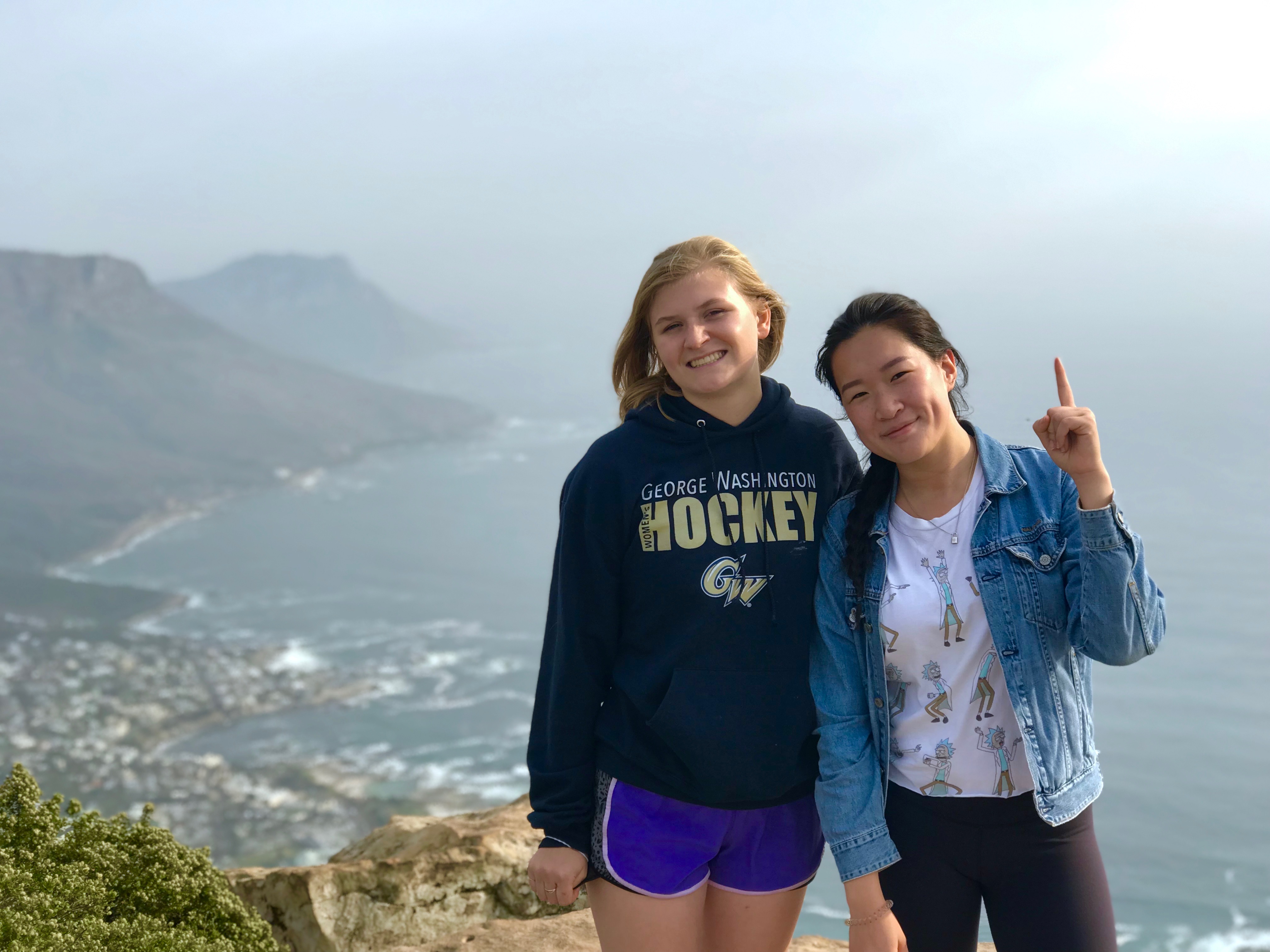Provider Programs
GW's approved provider programs greatly expand the options available to GW students and assure the additional support students need throughout the study abroad process. Study abroad providers are organizations that create and administer study abroad programs to students throughout the organization's many U.S. partner universities. Providers assist with all aspects of the study abroad experience: from application management to on-site support and transcript evaluation.
The Office for Study Abroad works with many providers, who can be found in over 60 countries, and allows students to complete courses at their study centers designed for American students or at local institutions through their established direct enrollments. Many of these programs also include experiential learning opportunities such as internship placements, independent research, volunteering opportunities, and educational excursions. The availability of any particular program is subject to change without notice, and only a select number of programs from a particular provider may be approved. Admissions decisions are determined by the provider partner, but students must first receive OSA approval.
Applications typically open in December, for Fall or Academic Year applicants, and July, for Spring applicants. Deadlines and application requirements vary by program. Students may browse approved program options by region, area of study, or other search filter using GW Passport.
Benefits of Provider Programs
Offer a diversity in program types, courses, and extracurriculars
Provide an extra sense of support and student services
Additional scholarships available through provider organizations
Program Options
- Academic Programs Abroad (APA)
- American Councils (ACTR-ACCELS)
- American University of Paris
- Arcadia University, College of Global Studies
- AMIDEAST Education Abroad Programs
- Council on International Educational Exchange (CIEE)
- CET Academic Programs
- College Year in Athens
- DIS - Study Abroad in Scandinavia
- IES Abroad
Program Types
- What Type of Provider Program is Right for Me?
When studying abroad through a GW-approved provider, you will want to consider what type of programming is the best fit for you. Providers offer an array of programming options from "Full-Immersion" (ie. directly enrolling in a foreign university for classes) to "Island" programs that operate independently in a foreign country with "Americanized" programs.
Want to find the provider program with the best fit for your needs and interests? Answer the questions below then read through the three types of programming options to find your match!
Questions:
Is this your first time going abroad or living abroad for a prolonged period of time?
Does this excite you or make you nervous?
What does "Immersing yourself in a new location, culture, and university" mean to you?
What are you most excited about? Nervous about?
Who do you want to be surrounded by on your program both in and out of the classroom:
GWU students?
American students?
Local students?
What is your preferred living situation?
Are you comfortable with:
Being the only American in a classroom?
Being in a classroom only with American students?
Having a mix of classes through both the provider and a foreign university?
Being the only GWU student on a program?
Being on a program with only GWU students?
SIT Vietnam would be considered an Less Integrated program as coursework is taken with SIT staff exclusively for SIT students, and though a portion of the program offers a 4-week homestay, students typically live together as a program in other accommodations.
Less Integrated Provider Program
Least Immersion
- All courses are taken in the provider's center with other study abroad students (typically all American, local students do not take part in your courses)
- Courses are taught by provider program staff
- Has the possibility to be more of an “American Bubble”
- Course format is usually similar to U.S. academic structure
- Language requirements might not be necessary
- Program staff are typically very familiar with American students, culture, and academic practice
- High level of hands-on support from provider staff on a day-to-day basis
CET Colombia would be considered partially integrated as students live with local roommates and can take electives at a local university, but take the majority of classes at CET's Center with other U.S students.
Partially Integrated Provider Program
Mid-level Immersion (Hybrid)
- Courses offered by the provider at the provider center, but also may have the option to take some courses at a local university (direct enroll option)
- Some courses will be in a format similar to the U.S. academic system, while others will follow more local norms (differing teaching practices, grading systems, etc.)
- Ability to take classes with other study abroad students and local students
- Opportunities to be surrounded with both American and local culture, such as local roommates, in some instances, or a local buddy program
- Homestay opportunities may be available
- Language requirements may or may not be necessary
- Program staff are familiar with American students, culture, and academic practice; but some professors may not be
- High level of hands-on support from provider staff

CIEE - Arts & Sciences in Cape Town would be considered a fully integrated program as students directly enroll at the University of Cape Town, and the only CIEE-offered courses are internships or independent research. Students are immersed into local student life.
Fully Integrated Provider Program
Most Immersion
- All courses are taken at a local university with local or other international students (Direct Enroll)
- You may or may not be the only study abroad student in your class; you may or may not be the only American in your class
- Opportunity to meet new, local and international friends
- Language requirement may or may not be required
- Opportunity to learn and practice a foreign language
- Housing offered with local students, international students, or homestays (may not be living with any study abroad students)
- Course format is subject to local norms and might not operate similar to the U.S. academic structure that you are used to (differing teaching structures, grading systems, etc.)
- High level of support from provider staff but you might not see them on a day-to-day basis
Is a Provider Program Right for Me?
Questions to consider:
- What type of provider program is it? What is the level of immersion?
- Would you prefer to be more on your own or more so surrounded by other U.S., or even GW students?
- Have you been abroad before in your life? Are you looking for additional support while abroad?
- Would you like to have events and activities planned for you?
- Does the program offer the coursework you need? Have you verified this in GW CATS?
- Will this program allow you to achieve your goals for study abroad?







